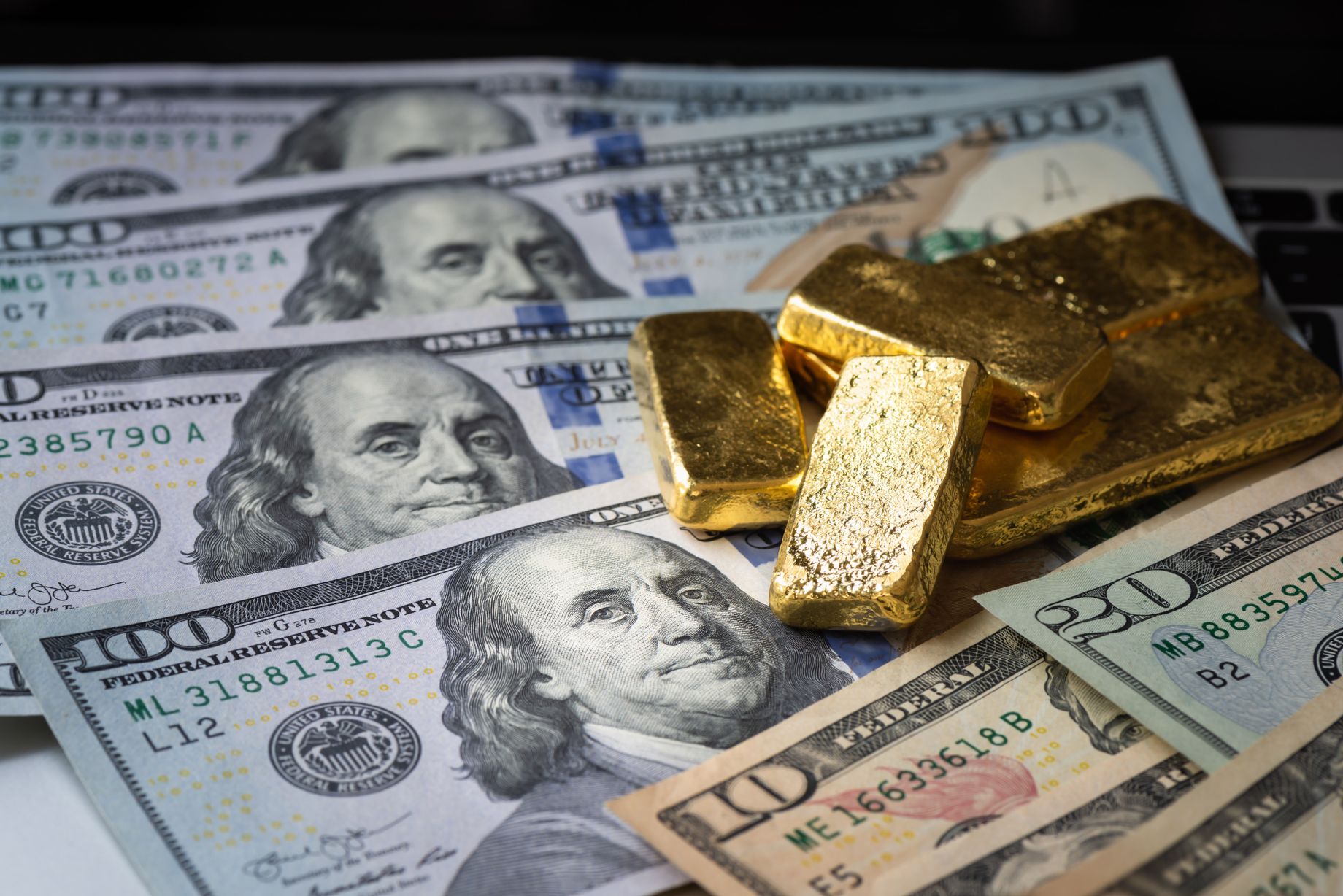US Gold prices took a hit on Monday, dropping 0.5% to $2,020.09 per ounce at 1:49 p.m. ET, as investors recalibrated their expectations of potential interest rate cuts by the end of March 2024. Similarly, the futures price for gold experienced a 0.3% decrease, coming in at $2022.2. Alongside gold, spot silver fell by 2.1% to $22.13 per ounce, while platinum and palladium also saw declines.
This shift in the precious metals market can largely be attributed to better US economic data, according to Jim Wyckoff, a senior analyst at Kitco Metals. Wyckoff mentioned that technical selling and a strong rally in stock markets are diverting investor attention from gold and silver, indicating, “We have had better US economic data lately that suggests the Fed may have to hold off longer on lowering interest rates.” This improved economic climate implies a potential increase in interest rates, which would amplify the opportunity cost of holding precious metals, thus driving down gold and other precious metal prices. This aligns with the recent 1% drop in gold prices, marking the most significant weekly decline in six weeks, following the US Federal Reserve’s announcement that it requires more data on inflation before considering a rate cut. Furthermore, the Fed stated that the baseline for rate cuts was in the third quarter of this year.
The CME Fed Watch Tool indicates a 41.6% probability of a Federal Reserve interest rate cut in March, a notable decrease from the 70% likelihood perceived by traders last week. As investors and traders patiently wait for the upcoming US flash PMI report on Wednesday, fourth-quarter advance GDP estimates on Thursday, and personal consumption expenditures data on Friday, all eyes are on these key economic indicators to provide insight into the Federal Reserve’s next steps.
Additional insight:
The weakening of anticipated interest rate cuts has added further pressure on gold and silver prices, as stronger economic data implies that the Federal Reserve may delay any potential rate cuts. This reinforces the notion that the performance of precious metals is closely tied to macroeconomic conditions and the monetary policy outlook, emphasizing the importance of monitoring economic data and Federal Reserve announcements for understanding market movements.









